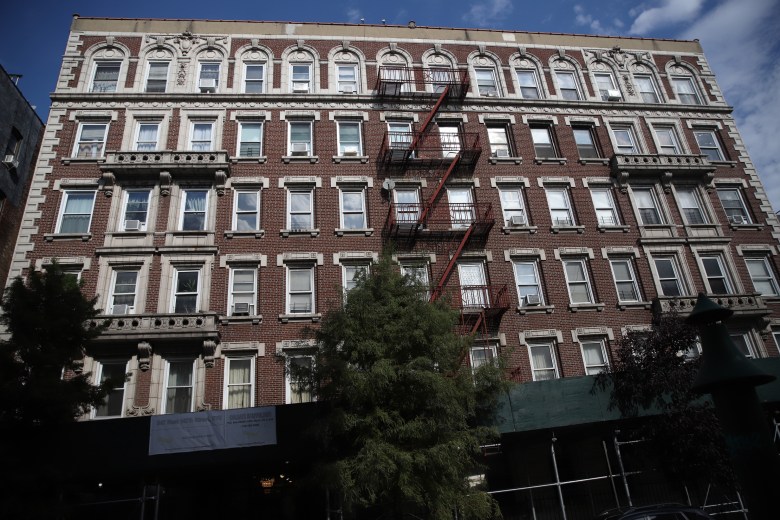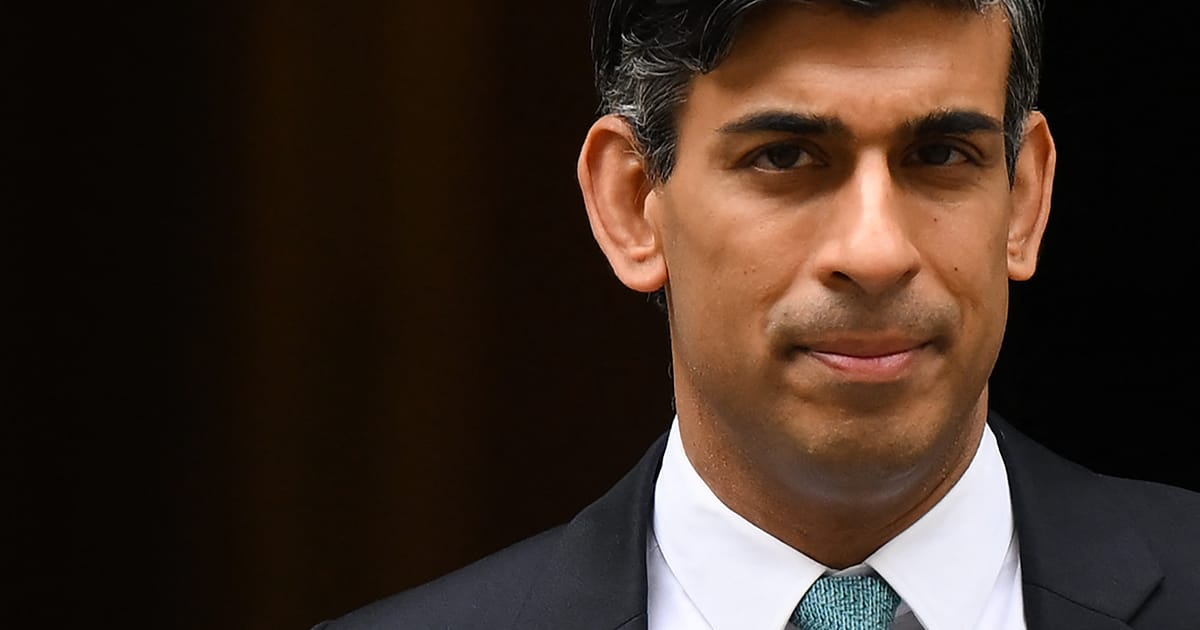Jose Fernandez has been cooking without gas for over two years. So have his neighbors in their West Harlem co-op.
Con Ed turned off the gas in the summer of 2021, after an inspector noticed a problem with an exterior pipe, fixed it and subsequently performed a separate air pressure test that the system failed, said Fernandez, who is a shareholder and the manager of the 30-unit HDFC co-op.
Fernandez said he received an estimate of $350,000 to replace the building’s piping system, but it’s a sum the co-op can’t afford.
“We’re just kind of stuck,” Fernandez said.
Fernandez’s co-op is one of more than a dozen dealing with the fallout of aging buildings whose gas systems are not up to snuff. Some buildings find themselves caught in the lurch since 2016 legislation ramped up inspections on gas pipes — leading to shutoffs for safety reasons — without providing funding for buildings to pay for repairs or transition to full electricity.
Like other residents, he’s been using a portable electric burner to whip up meals for his family. Others have been eating out more frequently than they’d like.
The nonprofit Urban Homesteading Assistance Board, or UHAB, reports that other buildings mainly located in Harlem, Washington Heights, the Lower East Side and around The Bronx, are experiencing the same dilemma, according to Lucía Santacruz, a project associate at UHAB.
Santacruz said there were different reasons behind the gas outages, from failed pressure tests to leaks, but a single explanation for why the residents of the buildings have been left without functioning stoves for months or years: a lack of money.
And few options exist to help finance the repairs.
Santacruz expects the problem to befall other buildings and said it threatens the habitability of HDFCs, limited-equity, income-restricted apartments which make up part of the city’s affordable housing stock.
“If you want the buildings to remain affordable and livable you have to invest in their systems and their structures,” Santacruz said.
Widespread Piping Problems
It’s hard to determine how many buildings are affected by gas outages, as Con Ed and National Grid do not keep track, but the problem appears to extend beyond just HDFCs.
The roots of the problem lie in a 2016 local law that requires most multi-family buildings to get their piping inspected periodically, with the aim of preventing gas leaks, fires and explosions. More inspections, which began in 2020, means the discovery of more instances of potentially hazardous conditions, leading to shut-offs.
About 30,000 buildings so far, or 22% of those examined, were discovered to have gas piping problems after plumbers performed inspections, according to the city Department of Buildings.
Beyond what’s found in the required inspections, issues with gas pipes tend to pop up in aging buildings, said Francis Rodriguez, director of weatherization for the Association for Energy Affordability.
“We are expecting that yes, we’re going to have more and more buildings that will get the gas shut down,” Rodriguez said.
That’s what happened in Louisa Mendez’s five-story affordable co-op in Washington Heights. Last June, Con Ed came to look for a gas leak on the street and checked the building. Workers found multiple leaks and discovered a problem with the boiler, which required an update. During that process, the contractor doing the work performed a pressure test on the gas line — and it failed.
Mendez, 64, who works as an administrative assistant for the city, and her neighbors have been without cooking gas ever since. They’ve been using hot plates for over a year.
“It’s very inconvenient. It’s a little stove,” Mendez said. “People are complaining in the building because they want the service back.”
Upgrading the gas line will cost more than her building — filled with many seniors who live on fixed incomes — can afford, Mendez said.
Rodriguez, of the Association for Energy Affordability, said there are two solutions to pursue.
“Either do brand new gas lines — and then you know that everything has been fully tested and is new and hopefully won’t leak for another 20, 30 years — or change it to electric and forget about the gas lines,” he said.
Both routes are similarly expensive, and can be disruptive. Especially in older buildings, converting to electric stoves can require upgrading the electrical service to individual apartments and the whole building. But UHAB is hoping to assist the HDFCs experiencing prolonged gas outages to opt for the second choice.
“We don’t want HCFCs to be left behind in the city’s moves towards decarbonization,” Santacruz said. “We’re really trying to kind of take this as an opportunity to help folks upgrade to induction stoves and not have to think about passing these gas pressure tests again.”
That option is also the healthier one, as electric stoves lack the health-harming pollutants that gas stoves emit.
Part of the legwork is getting money to cover the costs of moving to electric cooking. Most incentives that exist — whether through the government or utility companies — focus on transitioning fossil fuel-based heating and cooling to electric, not just cooking.
The federal Weatherization Assistance Program, administered through the state, does not cover changing stoves from gas to induction, or switching off fossil fuels, without approval from program administrators. The program is meant to reduce energy use related to heating, cooling, hot water and lighting.
And none of the programs offered through the New York State Energy Research and Development Authority fund electrical upgrades just for cooking. One NYSERDA program offers $100 for induction stoves per dwelling unit.
Next year, dollars through the federal Inflation Reduction Act may go towards covering a full conversion to electric stoves, a NYSERDA spokesperson said.
Thanksgiving Dinner Canceled
In the meantime, in West Harlem, Fernandez is managing frustration — his own and that of his neighbors — about making due without an oven and powerful stovetop.
Fernandez’s family has opted for simpler, one-pot meals, like stir-fries. Even simple dishes like pasta have been hard to make because it “takes forever” to boil the water, and he must use small pots and pans that fit on the portable burners.
“For holidays, you hear more of a collective groan in the building because it’s more difficult for them to entertain and host events because they can’t cook in the quantities that make sense,” Fernandez said, adding that some families had to cancel their plans to host Thanksgiving dinner altogether.
In spite of fielding complaints from his neighbors “all the time,” Fernandez said he is “surprised, actually, by how well everyone adapted to it.”
The building uses oil for space heating and hot water, and Fernandez is interested in eventually electrifying those elements, too. But he’s concerned about the risk of throttled power or brownouts in times of high electric demand, and would need to figure out how to split electric costs among different units in the building.
“Even if we had all the money to do it,” Fernandez said, “do we convert it to gas and risk Con Ed continuing to do this, or do we convert to electric and deal with the complexities of that?”




